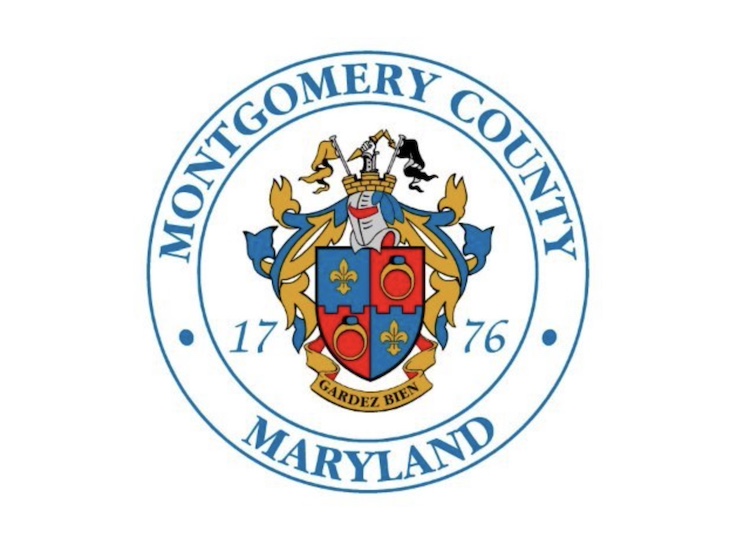Maryland’s Drone as a First Responder Program Racks Up Early Successes

Montgomery County law enforcement is touting the results of its three-month old “Drone as First Responder” (DFR) program, citing an expedited response to 911 calls and a major savings in the use of police resources.
The program, which covers the jurisdictions of Silver Spring and Wheaton, features pre-positioned drones atop office roof tops that are dispatched to the scene of prospective crimes in advance of arriving field officers. DFR advocates say the drones provide local police with “situational intelligence” that allows them to adjust their field operations to the tactical requirements of emergencies, reducing an over-expenditure of police resources and reducing the need for force.
Since commencing the DFR program last December, Montgomery County police drones have responded to 360 calls. In 249 of those cases, the drone arrived before officers were even dispatched, allowing them to adjust their field tactics. In 35 cases, MCPD police were able to avoid sending officers to the scene, freeing them up for enforcement activities elsewhere.
“We believe that you can have law enforcement that moves with appropriate intensity and both transparency and absolute integrity. And we think that this is a tool that helps us to accomplish exactly that,” MD governor Wes Moore said last week.
So far, about two dozen police departments nationwide have implemented a DFR program, beginning with the Chula Vista, CA PD back in 2019. Most of the participating agencies are still located in southern California but in recent months DFR has spread across the country to New York and Ohio. The MCPD is the latest to adopt the program.
Thanks to DFR successes in the United States, police departments in Europe have begun taking a look at the program. Last November, the UK announced plans for DFR test runs in several small British cities, including Thames Valley and Norfolk, where the first full-scale roll-outs are expected later this year.
Currently, police forces in England and Wales deploy about 400 drones to support a variety of law enforcement missions, including search-and-rescue and crime and accident scene analysis. DFR would allow local forces to improve their response times to 999 calls, which currently rely on helicopters, when available, for aerial support.
Many departments, like Norfolk’s, do not have access to helicopters due to budget and logistical restraints, police sources say.
Britain’s use of DFR may well go beyond current limitations of the program in the US because of strict FAA guidelines requiring drone flights to be conducted on a visual line of sight (VLOS) basis. UK police have already begun field testing police drone flights on a BVLOS basis, and hope to see their police drones dispatched across multiple jurisdictions without distance requirements in the future.
MCPD officials say they’re buoyed by the successes of their DFR program so far. They hope to expand the program to other parts of suburban Maryland, including Gathersburg and Bethesda.
Governor Ward, who toured the program’s Rockville, MD command center last week, has promised open-ended support for DFR’s implementation statewide.
“We want our local law enforcement to know that the state’s going to have their back in this work. This kind of technology is not just going to be supportive for local law enforcement. It’s going to be supportive for our community,” he said.
|